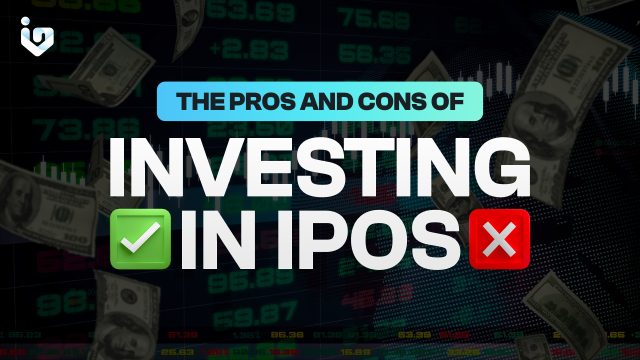An Initial Public Offering (IPO) marks a private company’s transition to a public entity. This process involves offering shares to the public, often accompanied by significant media attention and investor interest.
The Appeal of IPOs
Investors are drawn to IPOs for the potential of substantial returns. Early investment in a successful company can lead to impressive gains. Moreover, being part of a company’s growth story can be particularly enticing.
Risks and Rewards of an IPO
Investing in an IPO can be a double-edged sword. While there’s a chance of considerable profit if the company thrives, there’s also the risk of loss. Market volatility and unproven business models add to the uncertainty.
The performance of an IPO can reflect broader market sentiments. A bullish market might lead to overvaluation, while a bearish market can result in undervaluation. Investors must navigate these conditions carefully.
Financial Considerations
IPO investments should align with one’s financial goals and risk tolerance. It’s crucial to evaluate the company’s financial health and prospects before committing funds.
A long-term outlook is essential when investing in IPOs. Short-term market fluctuations can be misleading, and patience often pays off as the company matures.
Common IPO Play for the PH Market
For the Philippine market, there is one common pattern among profitable IPOs. Usually, the company tends to have a small market capitalization and a small public float. Veteran traders tend to get shares from the IPO and look to sell within the first 3 days of trading. Take for example $KPPI

The stock had a very small market capitalization which made it easy for shares to rise dramatically. The stock grew by roughly 300% in 3 days. The downside to these plays is that prices can move very fast. You have to be able to quickly sell as soon as things sour in order to make the most out of the opportunity. For these plays, it’s ideal that the supposed market cap of the company will be less than P5B – the lower the better.
This play is very risky, but can also give bountiful rewards if done correctly. It should also be noted that the bigger picture often plays a huge role as well. It should be easy to remember that during bear markets, these plays tend to have a lower success rate than if it were a bull market.
Conclusion
Investing in IPOs involves weighing potential gains against inherent risks. Careful analysis and a balanced approach are key to making informed decisions in the IPO landscape.
Whether you’re a short-term trader or a long-term investor, IPOs should be something you need to be familiar with.

